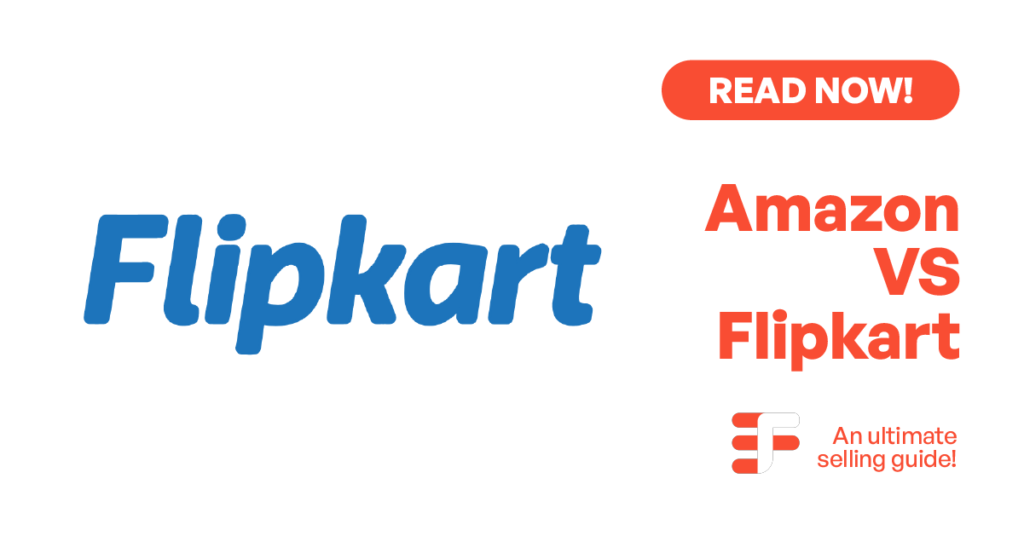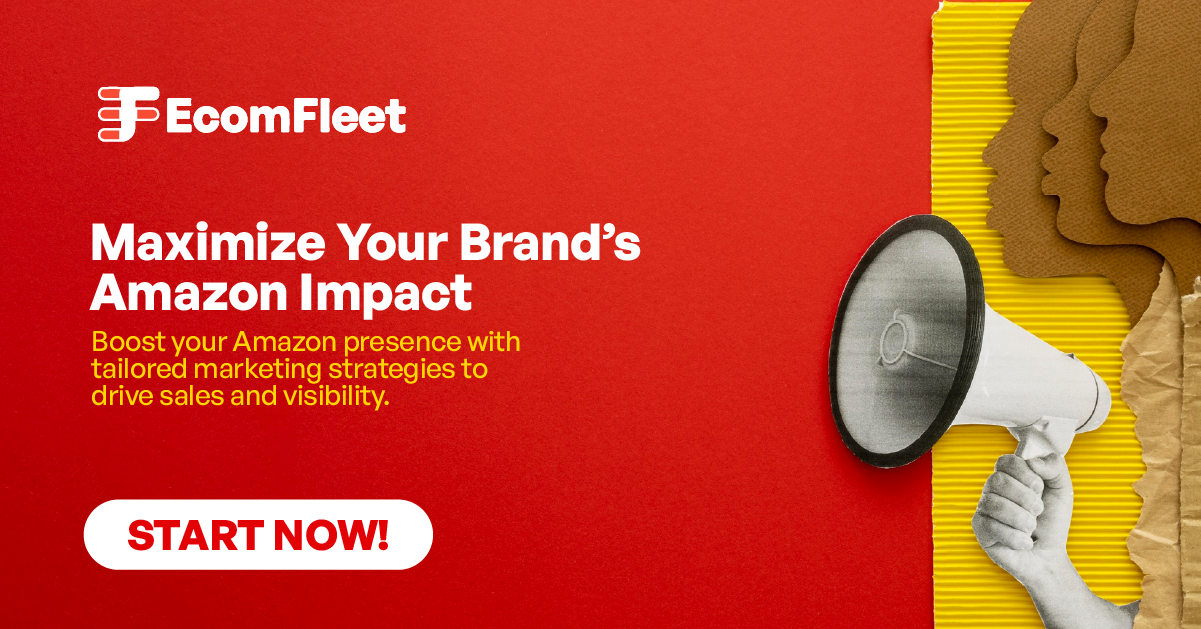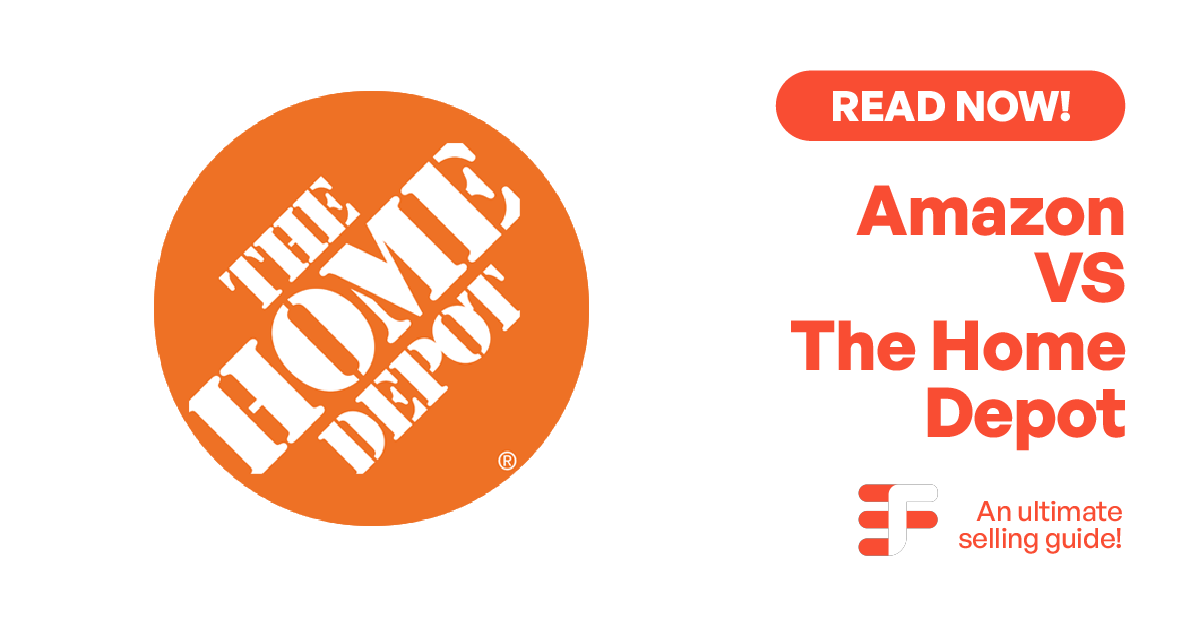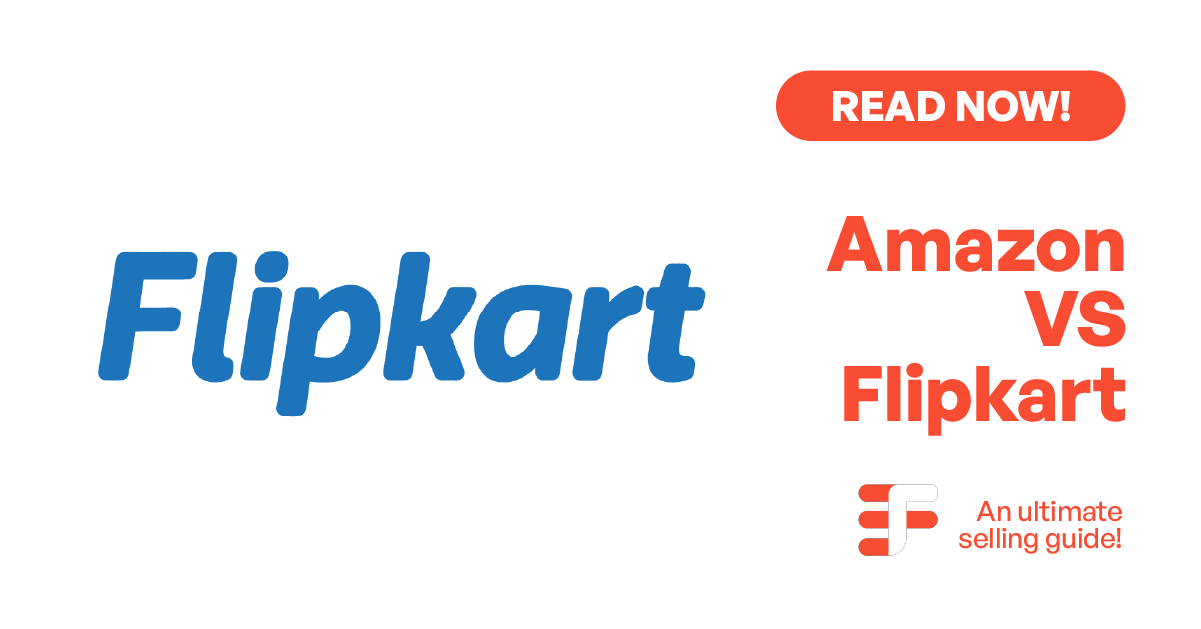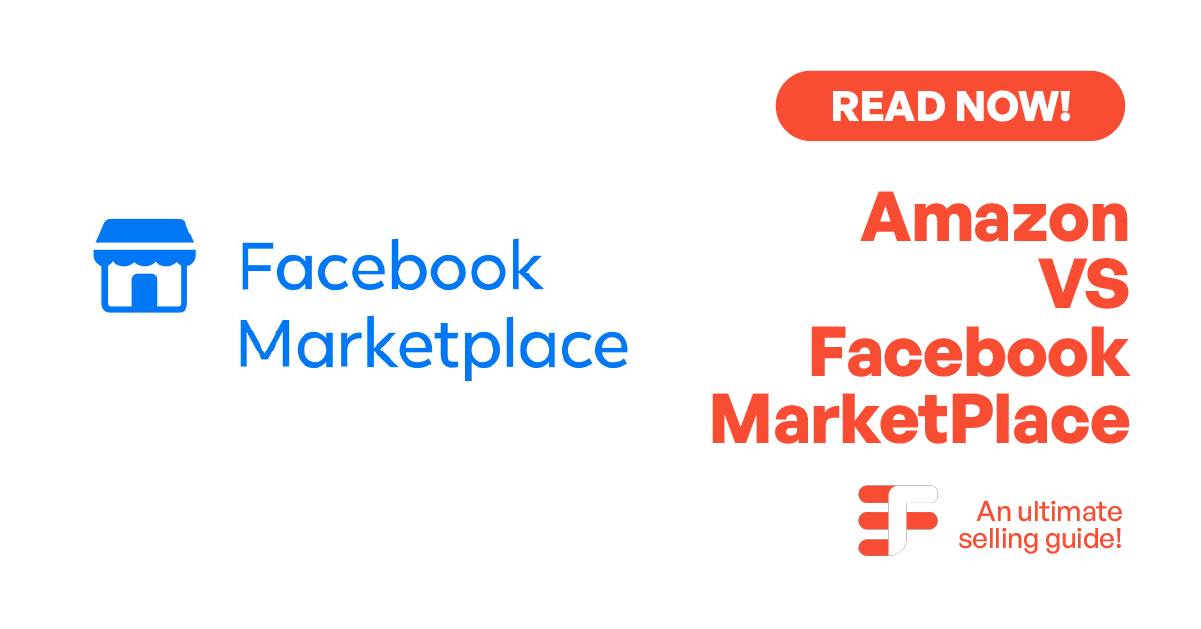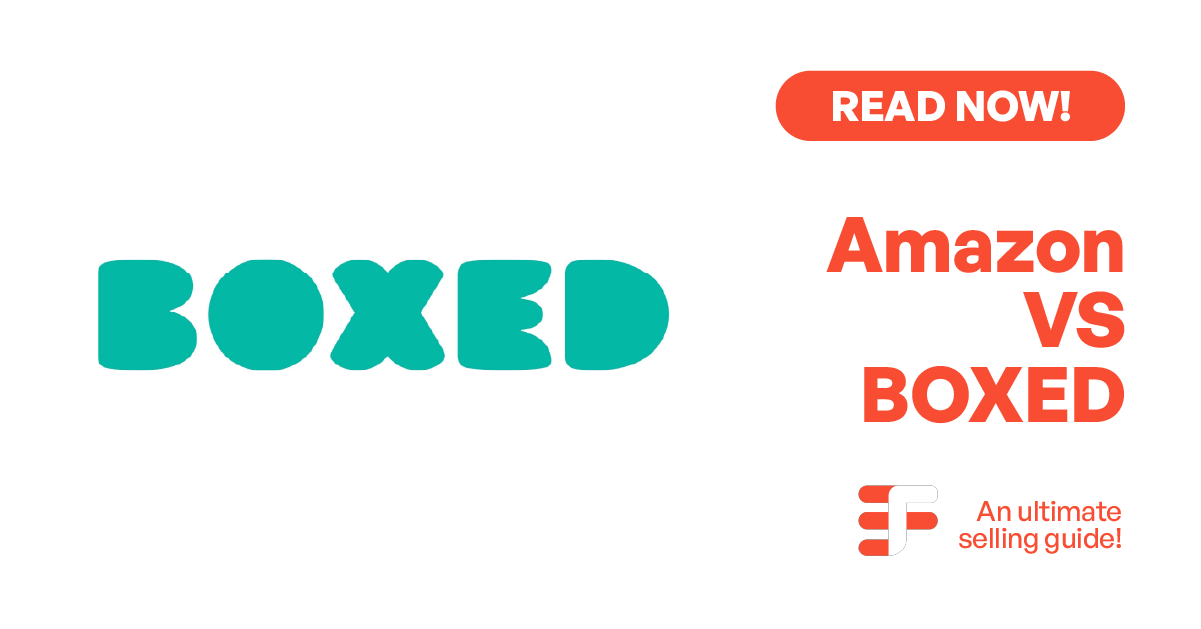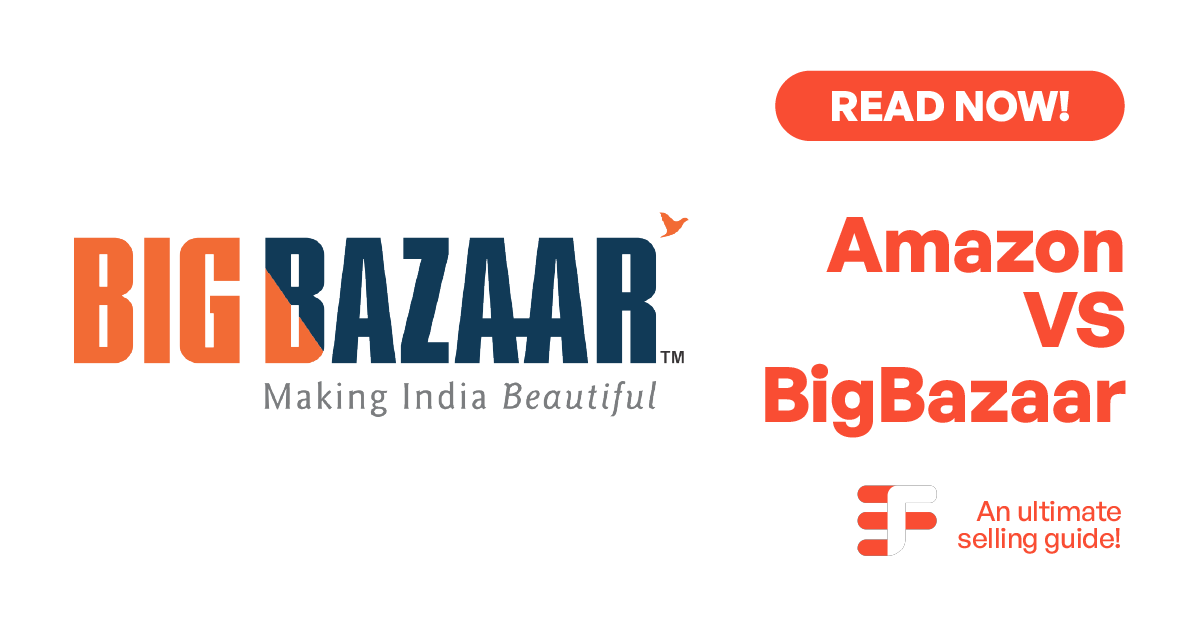Selecting the right platform for selling your products is a key decision that can significantly impact your business. Two of the leading platforms, Amazon and Flipkart, each offer unique advantages depending on your goals and target audience.
Table of Contents
ToggleAmazon: Global Reach with Advanced Tools
Amazon stands out for its vast global reach, offering sellers access to international markets. This can be a great opportunity for businesses looking to expand beyond borders. With its advanced tools and robust infrastructure, Amazon provides a solid platform for scaling your business. However, it also comes with higher competition and fees, which can be challenging for smaller sellers.
Flipkart: Dominating the Indian Market
Flipkart, on the other hand, holds a dominant position in the Indian e-commerce market. It offers a seller-friendly platform tailored to the needs of local businesses. Flipkart’s lower fees and region-specific promotions make it an attractive option for small to medium-sized sellers. For businesses focused on catering to Indian consumers, Flipkart provides an excellent opportunity for growth with fewer barriers to entry.
Key Considerations:
- Amazon: Ideal for sellers aiming for international exposure but willing to manage higher competition and fees.
- Flipkart: Best for businesses focused on the Indian market, with lower fees and local market promotions.
Overview
Amazon
Amazon was founded by Jeff Bezos in 1994 as an online bookstore from his garage in Seattle, Washington. Over time, it expanded to sell a wide range of products, becoming a global e-commerce leader. In 2000, Amazon introduced its Marketplace, allowing third-party sellers to list products alongside its own offerings.
This innovation revolutionized online selling and opened up opportunities for millions of entrepreneurs worldwide. With continued advancements like Fulfillment by Amazon (FBA) in 2006 and its entry into international markets, Amazon has grown into a multi-billion-dollar enterprise. Its focus on customer-centric innovation, global logistics, and data-driven insights makes it a powerhouse for businesses looking to scale internationally.
Flipkart
Flipkart was established in 2007 by Sachin and Binny Bansal in Bengaluru, India, initially as an online bookstore. It quickly expanded its catalog to include electronics, fashion, and lifestyle products, becoming India’s go-to e-commerce platform. By 2011, Flipkart had introduced Cash on Delivery, a game-changing feature in the Indian market.
. In 2018, Flipkart gained global recognition when Walmart acquired a 77% stake in the company, further boosting its resources. Flipkart, established in 2007, has recently achieved significant milestones. In November 2024, it surpassed Amazon Pay with over 100 million UPI transactions, highlighting its growing fintech presence. The company also expanded its electric vehicle fleet to over 10,000 units, aiming for a fully electric logistics system by 2030.
Additionally, Flipkart plans to launch same-day delivery services and has been recognized for its organizational resilience. These developments reflect Flipkart’s continuous innovation and commitment to enhancing customer experience and sustainability.

Amazon Product Line
Amazon offers an extensive product line spanning multiple categories to cater to diverse customer needs. It began with books and eBooks but quickly expanded into electronics, fashion, home essentials, and groceries. Additionally, it provides health and wellness items, toys, automotive accessories, and even digital products like Kindle eBooks and Amazon Prime Video. With such a vast array of products, Amazon ensures it remains a one-stop shop for consumers worldwide.
| Amazon Product Categories | Explanation |
| Books and eBooks | Amazon started as a bookstore and offers an extensive collection of physical books and digital eBooks via Kindle. |
| Electronics and Gadgets | A wide range of electronics, including smartphones, laptops, cameras, and accessories, from top global brands. |
| Fashion and Apparel | Features clothing, footwear, and accessories for men, women, and kids, catering to diverse styles and budgets. |
| Home and Kitchen | Includes furniture, appliances, kitchenware, and home décor to suit various home improvement needs. |
| Grocery and Essentials | Provides everyday essentials like food, beverages, cleaning supplies, and personal care products. |
| Health and Wellness | Offers healthcare devices, supplements, fitness equipment, and wellness products for a healthier lifestyle. |
| Toys and Baby Products | Covers toys, games, and essential products for babies, including diapers, feeding supplies, and baby gear. |
| Sports and Outdoors | Features sports equipment, outdoor gear, and accessories for adventure enthusiasts and fitness buffs. |
| Digital Products and Services | Includes Kindle eBooks, Amazon Prime Video, Music, and AWS services for cloud computing and business solutions. |
| Automotive Accessories | Offers car and bike accessories, maintenance tools, and parts for vehicle enthusiasts and owners. |
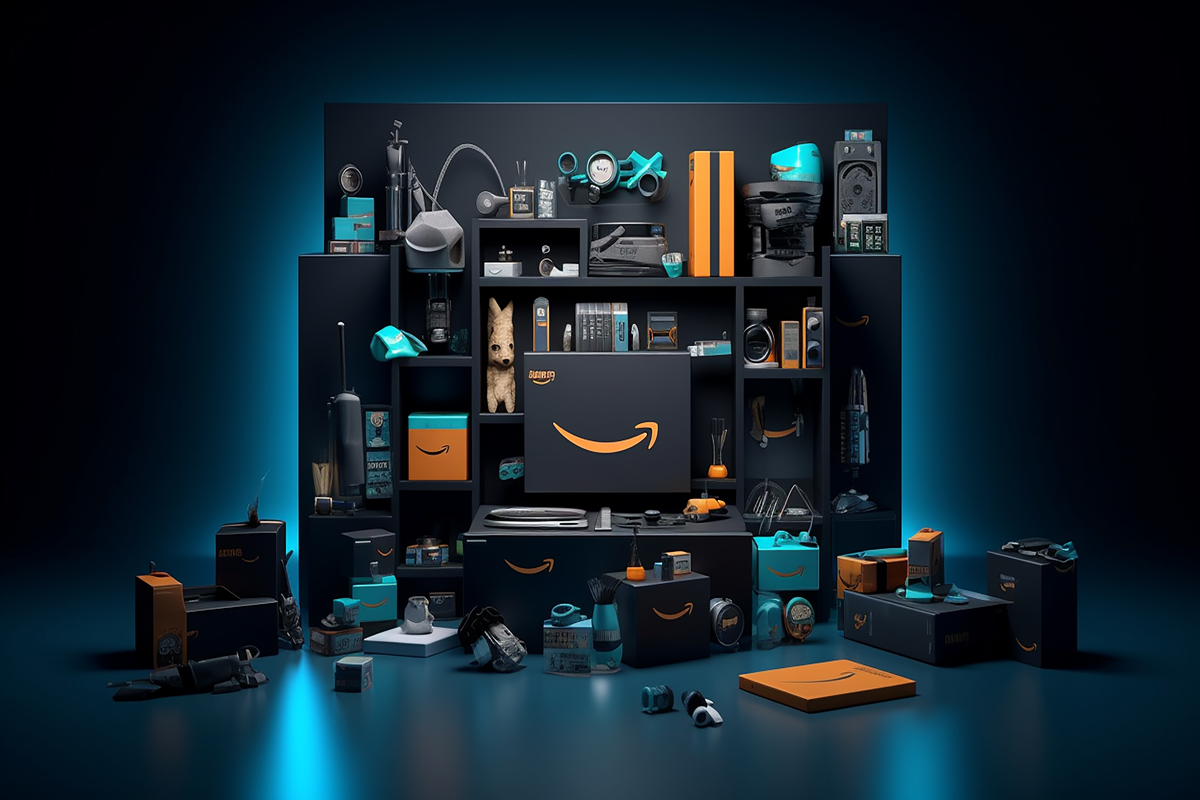
Flipkart Product Line
Flipkart offers a wide range of products tailored to meet the preferences of Indian consumers. It started as an online bookstore but soon expanded into categories like electronics, fashion, home and kitchen essentials, and beauty products. Flipkart also focuses on regional needs, offering traditional Indian attire, local crafts, and pay-on-delivery services. This diversity ensures Flipkart is a popular choice for shoppers in India.
| Flipkart Product Categories | Explanation |
| Books | Flipkart’s original category, offering a broad selection of novels, textbooks, and academic resources. |
| Electronics and Gadgets | Provides smartphones, laptops, TVs, and accessories from leading brands, often with competitive deals. |
| Fashion and Apparel | Features stylish and budget-friendly clothing, footwear, and accessories for men, women, and children. |
| Home and Kitchen | Includes furniture, kitchenware, home décor, and appliances for everyday use and special occasions. |
| Beauty and Personal Care | Offers skincare, haircare, cosmetics, and grooming products to suit all beauty and wellness needs. |
| Toys and Baby Products | Covers baby essentials like diapers, feeding items, and a wide variety of toys for children of all ages. |
| Sports and Fitness | Features gym equipment, outdoor gear, and sports accessories for fitness and adventure enthusiasts. |
| Grocery | Offers pantry staples, snacks, and household essentials, catering to everyday needs with local options. |
| Regional and Traditional | Specializes in Indian ethnic wear, handicrafts, and region-specific products to cater to cultural preferences. |
| Automotive Accessories | Provides car and bike accessories, maintenance tools, and safety products for vehicle owners. |
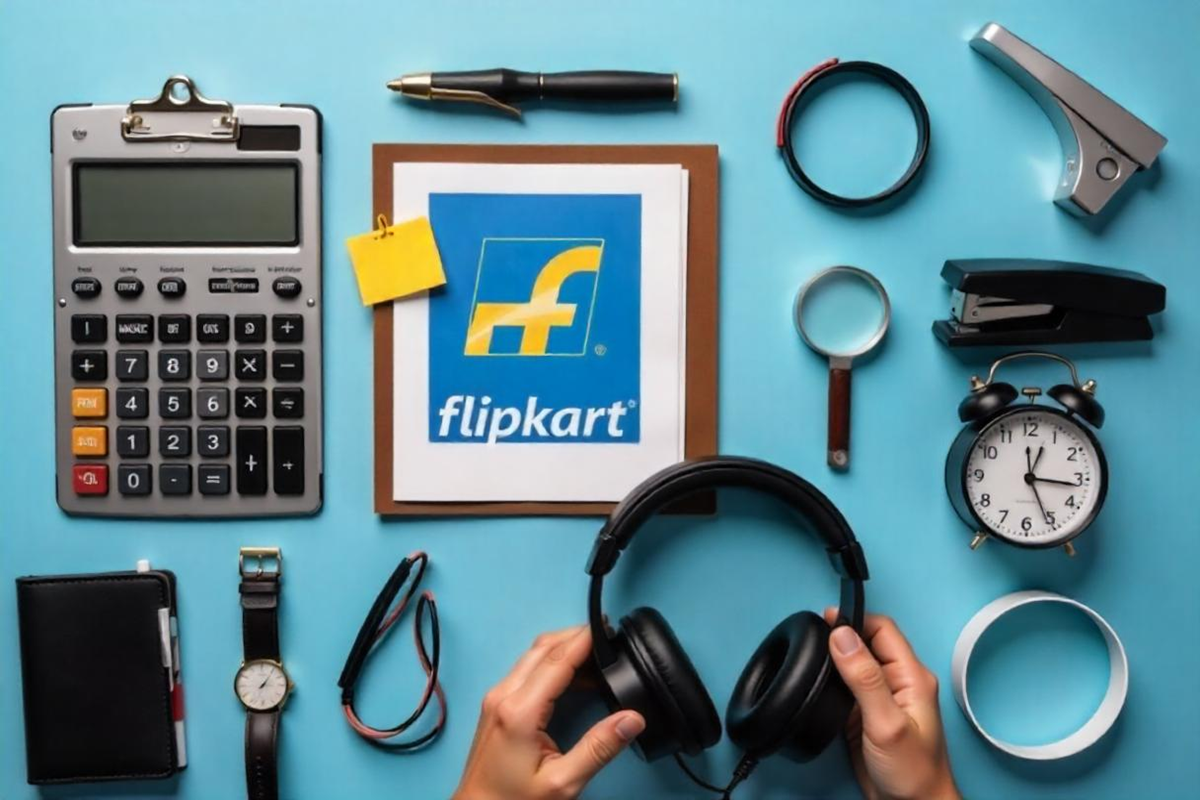
Business Model
Amazon’s business model is a comprehensive e-commerce ecosystem that enables both large enterprises and small businesses to sell products online. It operates primarily on B2C (Business-to-Consumer) and C2C (Consumer-to-Consumer) models, giving sellers a massive platform to reach a global audience. Here’s a detailed breakdown:
-
Marketplace for Third-Party Sellers:
- Amazon allows businesses to list products on its platform, giving them access to millions of customers worldwide.
- Sellers pay fees, including commissions on sales, referral fees, and charges for additional services like advertising and shipping.
-
Fulfillment by Amazon (FBA):
- Sellers can choose to use Amazon’s logistics network, where Amazon handles storage, packing, shipping, and even customer service for their products.
- This service allows sellers to focus on product management, leaving fulfillment logistics to Amazon, which also makes their products eligible for Amazon Prime, enhancing visibility and sales potential.
-
Fulfillment by Merchant (FBM):
- For sellers who prefer more control over the fulfillment process, FBM allows them to handle storage, packing, and shipping themselves.
- While sellers manage logistics, Amazon still provides the platform for listing and marketing the products.
-
Prime Membership:
- Amazon’s Prime program encourages loyal customers by offering free shipping, exclusive deals, and access to services like Prime Video.
- Sellers benefit by having their products available to a large, repeat customer base who actively shop for fast delivery and other premium services.
-
Global Reach:
- Amazon enables international sales with country-specific marketplaces and global shipping, allowing sellers to expand beyond domestic markets.
- Tools like the Global Selling program allow sellers to list products in multiple regions with localized pricing and shipping options.
-
Amazon Advertising and Analytics:
- Amazon provides advanced advertising options like Sponsored Products and Sponsored Brands, enabling sellers to target customers through highly effective ads.
- Detailed sales analytics and reporting help sellers track performance, optimize product listings, and improve conversion rates.
-
Amazon’s Technological Innovation
A newer aspect of Amazon’s business model is the use of artificial intelligence (AI) and machine learning to enhance personalized shopping experiences. Amazon’s algorithm suggests products to customers based on their previous browsing and purchasing history. For sellers, this means their products can reach the right customers more efficiently, boosting sales potential.
Flipkart
Flipkart, India’s leading e-commerce platform, operates primarily on a B2C (Business-to-Consumer) model. It offers a marketplace for third-party sellers to reach millions of Indian consumers, focusing on local needs and preferences. While its audience and operations are concentrated in India, Flipkart’s business model is uniquely suited to the region’s online shopping landscape. Here’s an in-depth breakdown of Flipkart’s approach:
-
Marketplace for Sellers:
- Flipkart allows third-party sellers to list products on its platform, offering them a chance to tap into India’s growing e-commerce market.
- Sellers are charged fees for listing, commissions on sales, and additional fees for services such as premium placement or promotions.
-
Logistics and Fulfillment
- Flipkart operates its own logistics network, Ekart, which helps sellers with warehousing, packaging, and delivery.
- Ekart ensures fast, reliable delivery to customers, an essential feature in a market like India, where logistics can often be challenging.
-
Cash on Delivery (COD):
- One of Flipkart’s key advantages is its Cash on Delivery (COD) option, which is particularly popular in India.
- This payment method builds trust, as customers can pay for products only upon receiving them, a crucial feature for online shoppers in India who may not trust digital payments.
-
Flipkart Samarth:
- Flipkart launched the Flipkart Samarth program to support small businesses, artisans, and women entrepreneurs. It provides these sellers with the necessary resources, training, and platform to succeed.
- This program lowers the entry barriers for sellers who might not have access to large-scale e-commerce operations or logistics.
-
Localized Product Offerings:
- Flipkart’s product categories cater specifically to Indian consumers, including regional goods like ethnic wear, local electronics, and affordable daily-use products.
- The platform ensures it meets the unique preferences of the Indian market with custom features and payment options.
-
Mobile-First Strategy:
- Given India’s growing mobile internet usage, Flipkart has optimized its platform for mobile-first customers. The mobile app is designed for easy browsing, buying, and tracking on smartphones.
- Flipkart’s focus on mobile shoppers allows sellers to capture the growing number of internet users in India who shop primarily on mobile devices.
Marketing Strategies
Amazon uses a variety of marketing tools to help sellers increase their reach and drive sales. Here’s how sellers can benefit from Amazon’s marketing strategies:
Targeted Advertising
Amazon offers paid promotional options like Sponsored Products and Sponsored Brands, allowing sellers to target specific customer segments. These ads increase product visibility and attract more traffic to listings, boosting sales. Sellers can adjust their campaigns based on performance data to optimize results.
Amazon SEO
Optimizing product listings with relevant keywords is crucial for ranking higher in Amazon search results. By enhancing product titles, descriptions, and backend search terms, sellers increase their discoverability. Effective Amazon SEO can result in higher visibility and more organic traffic to product pages.
Amazon Prime Membership
Listing products on Amazon Prime makes them eligible for fast shipping and other benefits, attracting loyal customers. Prime members often prioritize sellers offering Prime-eligible products for quicker delivery. This boosts conversion rates and encourages repeat purchases from dedicated customers.
Product Reviews & Ratings
Customer reviews and ratings are essential for building trust with potential buyers. Positive feedback influences purchasing decisions, making it important for sellers to maintain high-quality service. Regularly responding to reviews can further improve customer satisfaction and brand reputation.
A/B Testing
Amazon’s A/B testing tools enable sellers to test different variations of product pages and advertisements. By analyzing results, sellers can refine their approach and identify the most effective strategies. This helps in improving conversions and optimizing product listings for better performance.
AI-Powered Marketing
Amazon leverages artificial intelligence (AI) to personalize the shopping experience and optimize marketing strategies. AI-driven tools analyze customer behavior, helping sellers deliver more targeted ads and recommendations. By using machine learning, Amazon continuously improves product suggestions, leading to higher conversion rates and customer engagement.
Flipkart
Flipkart uses tailored marketing strategies focused on Indian consumers, leveraging local insights and cultural preferences to boost seller success. Here’s how sellers can benefit from Flipkart’s marketing tools:
Targeted Advertising
Flipkart offers Flipkart Ads, allowing sellers to create native advertisements that target specific customer segments within the platform. These ads increase product visibility and help sellers reach the right audience, driving more traffic to their listings and improving sales.
Flash Sales and Discounts
Flipkart’s Flash Sales and discount offers attract price-sensitive shoppers looking for limited-time deals. By participating in these sales events, sellers can increase product visibility and boost conversions during peak shopping periods, such as festive seasons and special promotions.
Sponsored Listings
With Sponsored Listings, sellers can ensure their products are prominently displayed in search results. These paid ads increase product visibility, helping sellers reach a larger audience and improving the chances of being noticed by potential buyers.
Mobile-First Approach
Flipkart’s mobile-first strategy focuses on providing a seamless shopping experience for mobile users. Sellers can optimize product listings for mobile browsing, ensuring a smooth and convenient shopping journey for customers, particularly as mobile shopping continues to rise in India.
Regional Campaigns
Flipkart’s Regional Campaigns allow sellers to target specific local communities by offering products tailored to regional preferences and tastes. These campaigns increase engagement and sales by aligning product offerings with the unique needs of diverse Indian markets.
Reporting and Analytics
Amazon Reporting and Analytics
Amazon provides a powerful set of reporting and analytics tools to help sellers understand their sales, improve their strategies, and optimize business performance. Through Amazon Seller Central, sellers gain access to detailed reports on sales performance, conversion rates, and advertising effectiveness.
Amazon’s Business Reports provide insights into customer behaviors and product performance, while the Amazon Analytics tools track key metrics like clicks, impressions, and conversion ratios. This data allows sellers to adjust product listings, pricing, and advertising campaigns for better targeting and higher sales potential. The tools also support data-driven decision-making for enhanced business growth.
Flipkart Reporting and Analytics
Flipkart offers sellers comprehensive reporting and analytics tools through the Flipkart Seller Hub, enabling them to track performance and make data-backed decisions. Sellers can monitor key metrics such as sales trends, inventory levels, and advertisement ROI. Flipkart Insights offers in-depth reports on customer preferences, shopping behaviors, and product demand patterns, allowing sellers to tailor their marketing efforts and improve product listings.
Additionally, Flipkart’s advertising dashboard provides real-time performance data, helping sellers refine their ad strategies and increase visibility. By utilizing these tools, sellers can enhance the overall shopping experience, optimize pricing, and make data-driven decisions to boost their revenue.
Account Creation
Creating an account on Amazon is straightforward. Sellers simply need to register on the Amazon Seller Central platform, providing business details and payment information. Once approved, they can start listing products.
Flipkart
Flipkart’s account creation process involves signing up as a seller on Flipkart’s Seller Hub, where users submit basic business details, bank account information, and product listings. Once approved, sellers can begin selling.
Factors to Consider When Choosing a Platform
- Target Market:
Amazon’s global reach allows sellers to tap into international markets, expanding their business beyond borders. Sellers can benefit from Amazon’s Global Selling program, which facilitates listing products in multiple regions. Flipkart, on the other hand, focuses primarily on the Indian market, which is a rapidly growing e-commerce hub. Sellers should choose a platform based on where their target audience resides and the level of international exposure they seek.
- Fees and Commissions:
Both Amazon and Flipkart charge various fees, including listing fees, commission rates, and shipping charges. Amazon’s fees can vary by category, while Flipkart’s fees are more region-specific. Sellers should evaluate how these fees impact their profit margins and budget.
- Logistics and Fulfillment:
Amazon offers Fulfillment by Amazon (FBA), handling storage, packing, and shipping. Flipkart provides Ekart, its own fulfillment network, ideal for sellers within India. Sellers need to assess which fulfillment option aligns best with their operational capacity and shipping needs.
- Customer Base:
Amazon has a diverse and international customer base, ideal for businesses seeking global exposure. Flipkart’s customer base is largely domestic, focusing on Indian shoppers. Knowing your target customer’s location can help decide which platform will provide the most relevant traffic.
- Marketing Tools
Amazon provides powerful marketing tools like Sponsored Products, Sponsored Brands, and Amazon Prime benefits, which help increase product visibility. Sellers can also access detailed analytics to optimize their listings. Flipkart offers its own set of promotional tools, including Flipkart Ads, Flash Sales, and Sponsored Listings. These tools are designed to engage Indian consumers through discounts and region-specific campaigns, making Flipkart a strong contender for sellers focusing on the Indian market.
Conclusion H3
Both Amazon and Flipkart offer unique advantages depending on your target market. Amazon provides global reach and advanced tools, making it ideal for international sellers. Flipkart, on the other hand, focuses on the Indian market with localized services and features. Your choice should depend on your business goals, audience, and logistical capabilities.
FAQs
- Which platform has a wider customer reach?
Amazon has a global reach, providing access to customers worldwide, whereas Flipkart mainly caters to Indian consumers. If you’re targeting a global market, Amazon is the better choice.
- Do both platforms offer fulfillment services?
Yes, Amazon offers FBA (Fulfillment by Amazon), which handles storage and shipping. Flipkart provides Ekart, its logistics service for fulfillment and delivery in India.
- Can I sell on both platforms simultaneously?
Yes, you can sell on both Amazon and Flipkart, but managing inventory and fulfillment efficiently is key to preventing stock-outs and ensuring smooth operations.
- Are there any special programs for small businesses?
Flipkart offers Flipkart Samarth, supporting small businesses and artisans with resources. Amazon provides its Global Selling Program to help small businesses expand globally.
- Which platform is better for small businesses looking to expand internationally?
Amazon is better for small businesses aiming for international exposure due to its global reach and advanced tools.
- Can I sell globally on Flipkart?
Flipkart primarily caters to the Indian market, so if you want to sell globally, Amazon would be a more suitable option.

